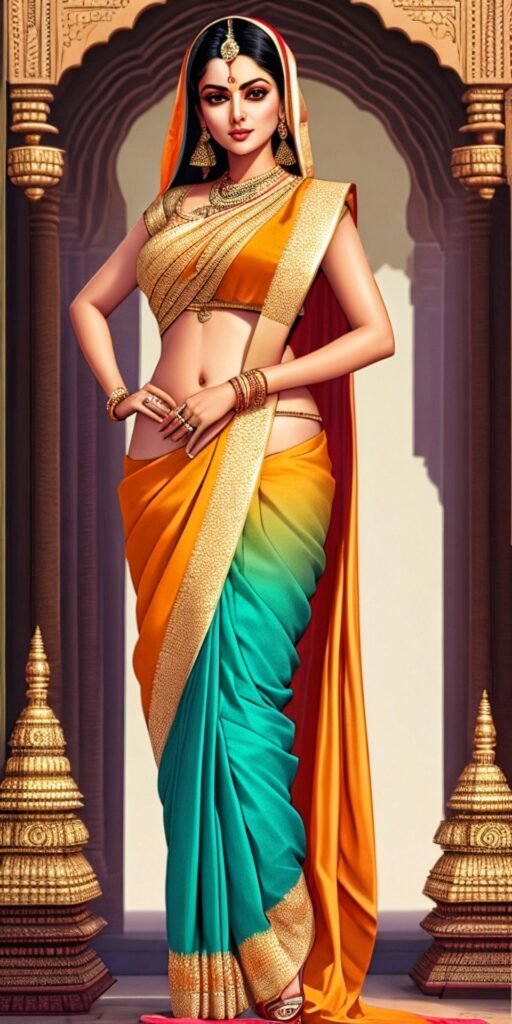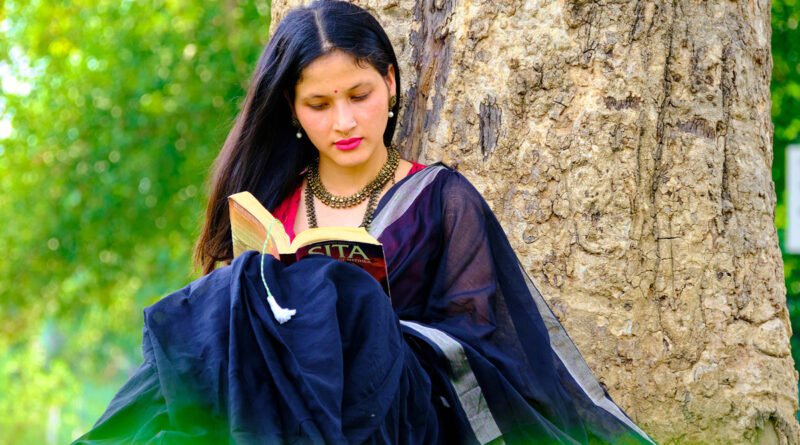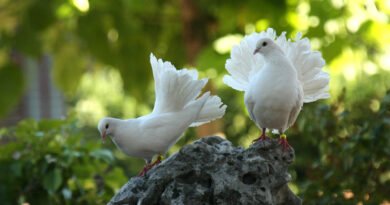What is the main traditional dress of India?
India, a land of diverse cultures, languages, and traditions, is renowned for its rich tapestry of clothing styles. The traditional dresses of India are a vivid reflection of the country’s cultural heritage, regional uniqueness, and historical influences. Among the myriad of traditional attire that graces the Indian subcontinent, one ensemble stands out as the quintessential representation of its cultural diversity – the saree. In this exploration of India’s main traditional dress, we delve into the captivating world of the saree, its historical significance, regional variations, and the enduring elegance it embodies.
The Timeless Elegance of the Saree
The saree, an epitome of grace and allure, has adorned Indian women for centuries. This six to nine-yard wonder fabric, draped meticulously around the body, weaves stories of tradition, artistry, and craftsmanship. The saree is a symbol of femininity, an embodiment of Indian heritage, and a canvas for a myriad of artistic expressions.

Historical Significance
The origins of the saree trace back to ancient India, with references dating back thousands of years. This timeless attire has evolved through various dynasties, colonial influences, and cultural exchanges. The saree has gracefully withstood the test of time, remaining an integral part of Indian culture and identity.
Regional Diversity
One of the most captivating aspects of the saree is its remarkable regional diversity. Across India’s vast landscape, different states and communities have crafted their distinct styles of sarees, each bearing a unique tale. From the vibrant Bandhani sarees of Gujarat to the intricately woven Kanjeevaram sarees of Tamil Nadu, and from the opulent Banarasi sarees of Uttar Pradesh to the serene white sarees of Kerala, the diversity of sarees reflects the cultural ethos of each region.
Artistry and Craftsmanship
The creation of a saree is an intricate process that involves skilled craftsmanship and attention to detail. Depending on the region, sarees may be embellished with delicate embroidery, vibrant prints, exquisite zari work, or intricate beadwork. Each saree is a work of art, a labor of love that weaves together the legacy of generations.
Occasions and Symbolism
The saree is not merely a piece of clothing; it carries profound symbolism and is often worn during significant life events and celebrations. From weddings to festivals, the saree plays an integral role in marking milestones and embracing tradition. Different saree styles and colors hold specific meanings, contributing to the intricate narrative that this attire weaves.
Contemporary Revival
In the modern era, the saree has witnessed a resurgence in popularity. Not only is it celebrated during traditional occasions, but it has also found its way into mainstream fashion and cultural events. Fashion designers have taken inspiration from the timeless saree, infusing contemporary twists while retaining its inherent elegance. Bollywood and Indian cinema have played a pivotal role in showcasing the saree’s allure on a global stage.
Preserving Tradition
Despite the evolving fashion landscape, the saree remains an enduring symbol of India’s cultural heritage. Efforts to preserve and promote traditional weaving techniques have gained momentum, with organizations and artisans working diligently to ensure the artistry behind the saree thrives.
Conclusion
The saree stands as a testament to India’s rich cultural legacy, its ability to embrace change while preserving tradition, and its unmatched artistic diversity. This main traditional dress of India, with its regional variations, historical significance, and timeless allure, continues to captivate hearts and transcend boundaries. As we celebrate the saree’s elegance, we recognize that it is more than a piece of fabric; it is a living canvas that beautifully paints the stories of India’s past, present, and future.




